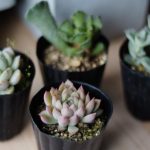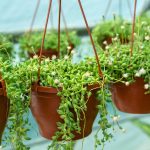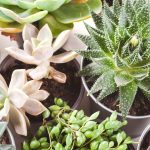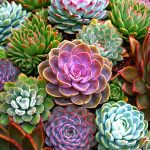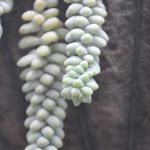If you are considering adding a string of turtles houseplant to your indoor garden collection, there are essential factors to take into account. Transforming into a must-have for enthusiasts, these string succulents offer a delightful addition to your repertoire. The surge in popularity of houseplants and succulents has propelled unique varieties like the String of Turtles into the spotlight.
String succulents, with their cascading vines and whimsical leaf shapes resembling various objects or animals, bring character to hanging gardens. From String of Pearls to String of Bananas and String of Dolphins, the String of Turtles, part of the Peperomia genus, stands out with its resemblance to turtle shells, captivating any plant lover instantly. In this guide, unravel the secrets to successfully planting, growing, and tending to your very own String of Turtles plants within your indoor oasis.
String of Turtles Plant Overview
|
Plant Type
Houseplant
Family
Piperaceae
Genus
Peperomia
Species
Peperomia prostrata |
Native Area
Tropical Central and South America
Exposure
Bright Indirect Light
Length
12 inches |
Medium With Misting
Root Rot, Spider Mites, Mealybug
Low
Rich, Loamy, Well-draining
10-12
What Is It?
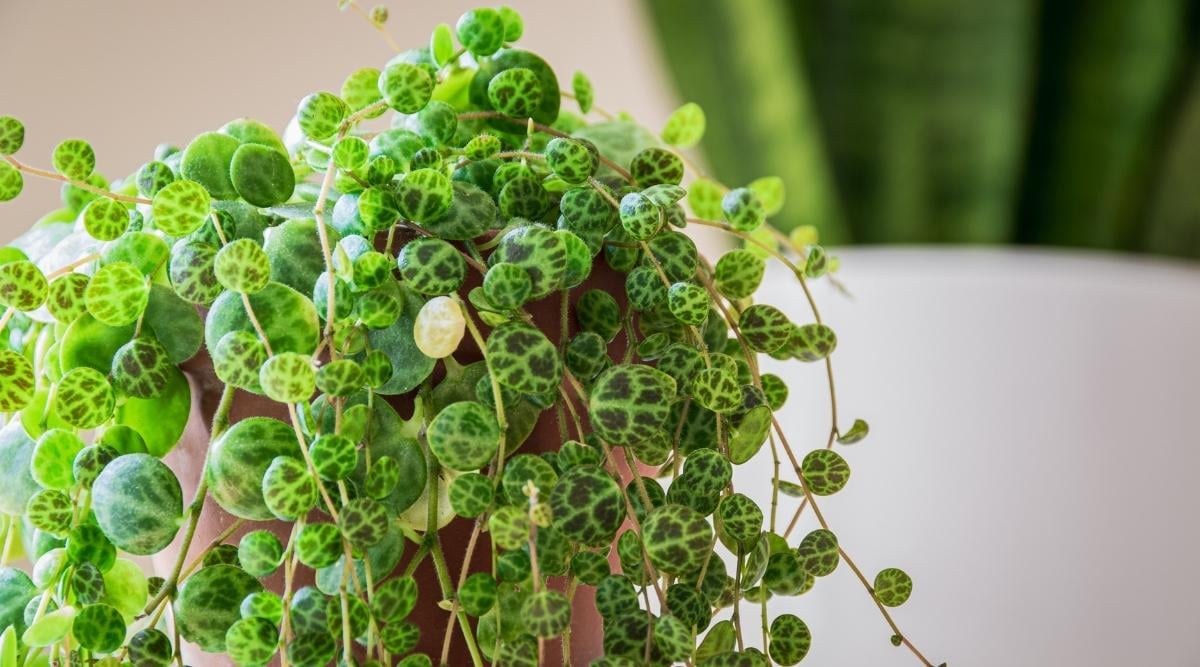
Peperomia prostrata is a small-leaved vining plant that forms a thick mat in a pot, cascading down the sides. This succulent has gained popularity in recent years, with several common varieties for indoor gardens.
Featuring rounded green leaves with purple patterns and white veins, this plant displays symmetrical markings reminiscent of turtle shells, thus its name.
It’s also known as Magic Marmer and under the general Peperomia name, Radiator Plant. The plant earns its Radiator Plant moniker as it thrives in warm air and tolerates wet and dry conditions, similar to indoor settings with radiators. Plants from this genus excel in hot, moist environments and can even thrive on refrigerators.
History

There exist over a thousand species of Peperomia originating from tropical and subtropical regions, mainly in Central and South America.
Peperomia prostrata was initially discovered in Ecuador and named by English orchidologist Benjamin Samual Williams. By 1879, this plant had made its way into Benjamin’s publications, adding to his renowned work on orchids. With origins in tropical America, this plant has seamlessly transitioned into the thriving indoor plant market, prized for its mottled foliage and cascading growth form.
Native Area
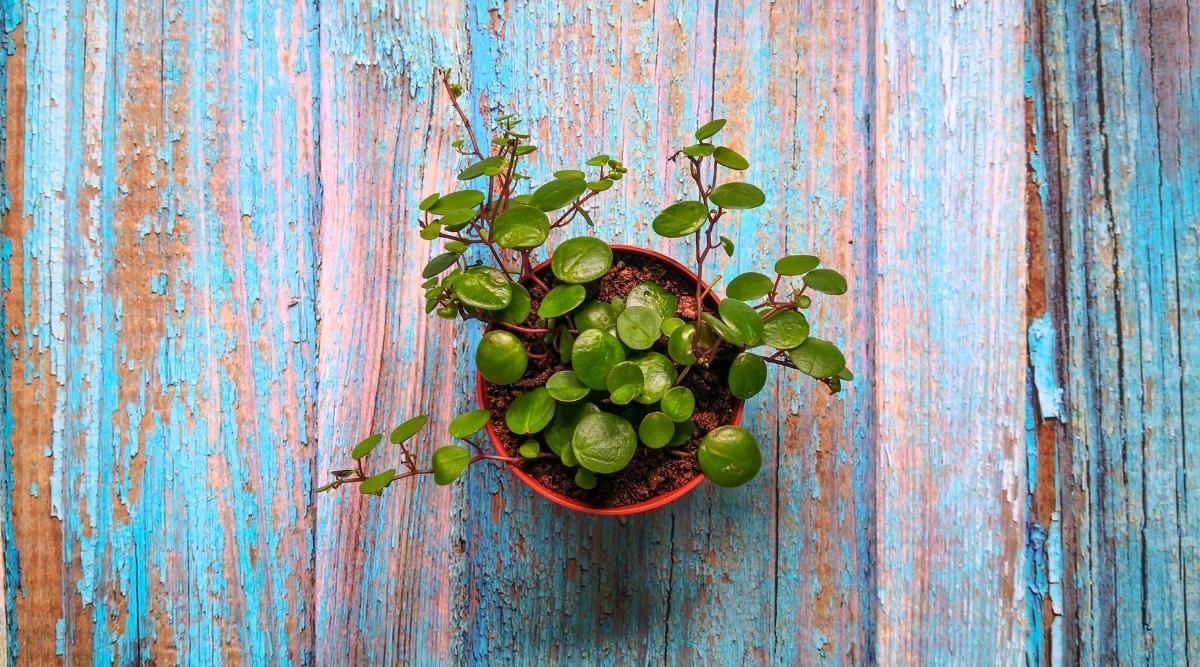
Originating in Ecuador, it is now commonly found in tropical and subtropical regions.”>
In regions of South and Central America, the tropical Peperomia prostrata ‘String of Turtles’ thrives in moist forests shaded by trees and shrubs, spreading its vines across the forest floor while maintaining a compact form.
To recreate this environment indoors, a little misting and proper placement are all it takes.
Similar to pothos, these plants are better suited for indoor environments in the US due to their native habitats. They enjoy the same indoor conditions as humans, making them great companions.
Characteristics
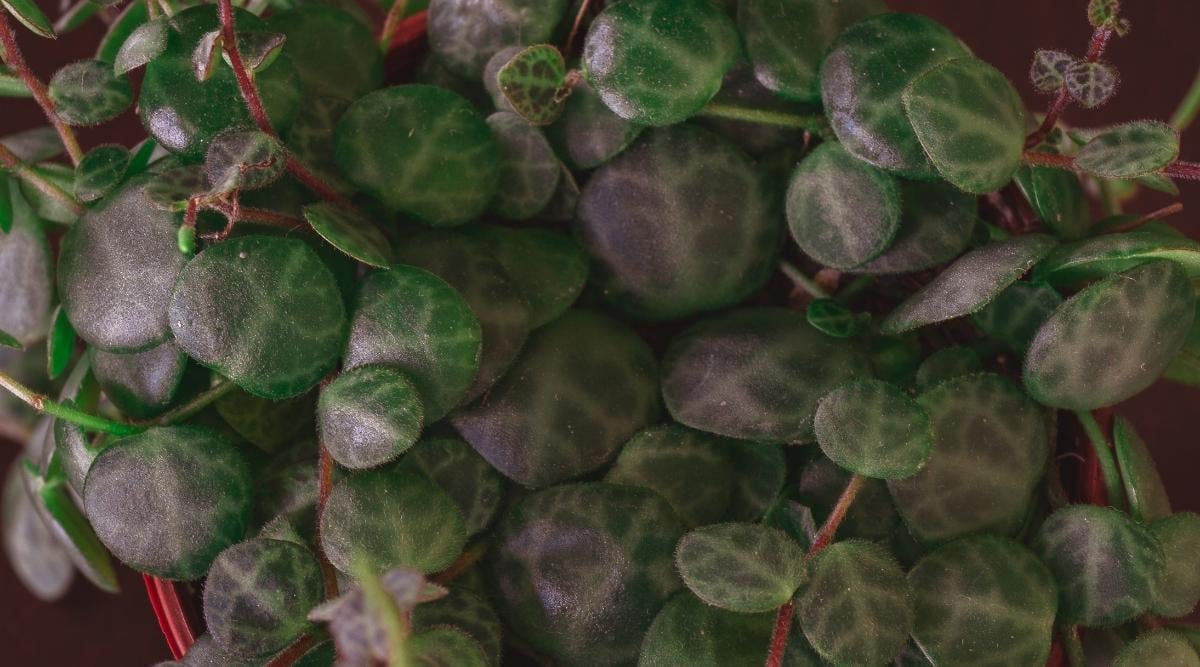

Peperomia prostrata displays round leaves of about 0.5 inches in diameter on thin, fleshy strings with reddish hues along the stems.
The leaves are largest at the top, gradually decreasing towards the ends, forming a mat that cascades over container edges, reaching lengths of up to 12 inches. While they are slow growers, patience is key, especially when they are young.
This plant features reddish-brown flower stalks that bear small cream flowers all year round. Although insignificant compared to the foliage and odorless, some gardeners choose to remove the flower stalks based on personal preference.
Planting
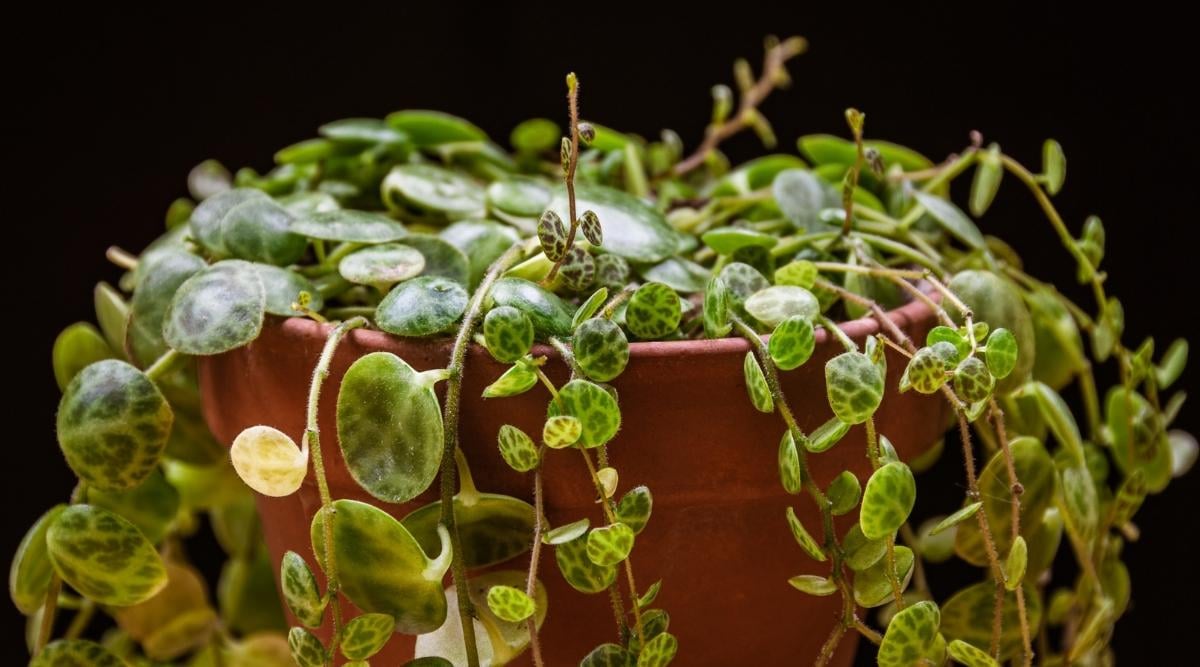

Peperomia thrives best indoors, allowing space for its trailing growth. In tropical and subtropical regions, it can be planted in shaded areas under trees or shrubs, ideally with protection from harsh sunlight. It also thrives in hanging baskets on balconies or patios.
While semi-succulent, the plant requires unique care compared to typical succulents. Read on for the best care tips to ensure its well-being.
How to Grow
Growing this plant sometimes leans more towards art than science, but certain fundamentals always apply – adequate sunlight, proper watering, soil conditions, and fertilizer. Let’s delve into key growing conditions critical for the plant’s health.
Light
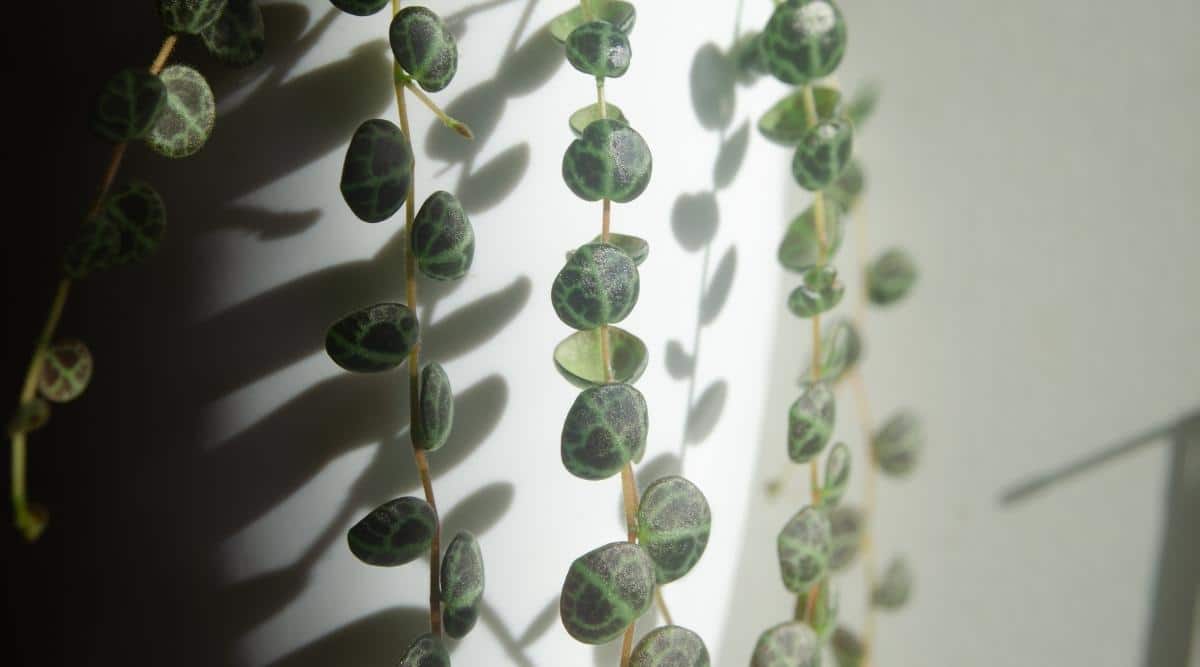

String of Turtles thrives in bright indirect light indoors. Direct sunlight should be avoided to prevent damage to the dark green leaves. Grow lights indoors suit them well, and they prefer facing south or east.
Placing this plant correctly can be tricky as the top, where most leaves are concentrated, requires ample light. An elevated shelf often showcases the flowing tendrils, but at the expense of light for the majority of the leaves.
Proper lighting is crucial to prevent root rot, promote soil drying, and encourage new growth. Position the plant at head height or lower in a well-lit area. Limit direct sunlight exposure indoors and outdoors to prevent stress on the plant.
Water


As a tropical plant, Peperomia prostrata thrives with adequate water and humidity due to its semi-succulent nature.
Only water when the top soil is dry to avoid oversaturation that leads to root rot. It might take time for the soil to dry due to the plant’s minimal water uptake, needing watering only every 2-3 weeks when conditions are ideal.
Essential bottom watering helps maintain plant health and prevents diseases. Placing the plant in a container with water allows gradual absorption through the drainage holes, ensuring uniform water distribution.
The plants should be left to soak in water for approximately 30 minutes, then be removed and thoroughly drained before being placed back in their original positions to prevent root rot.
Soil
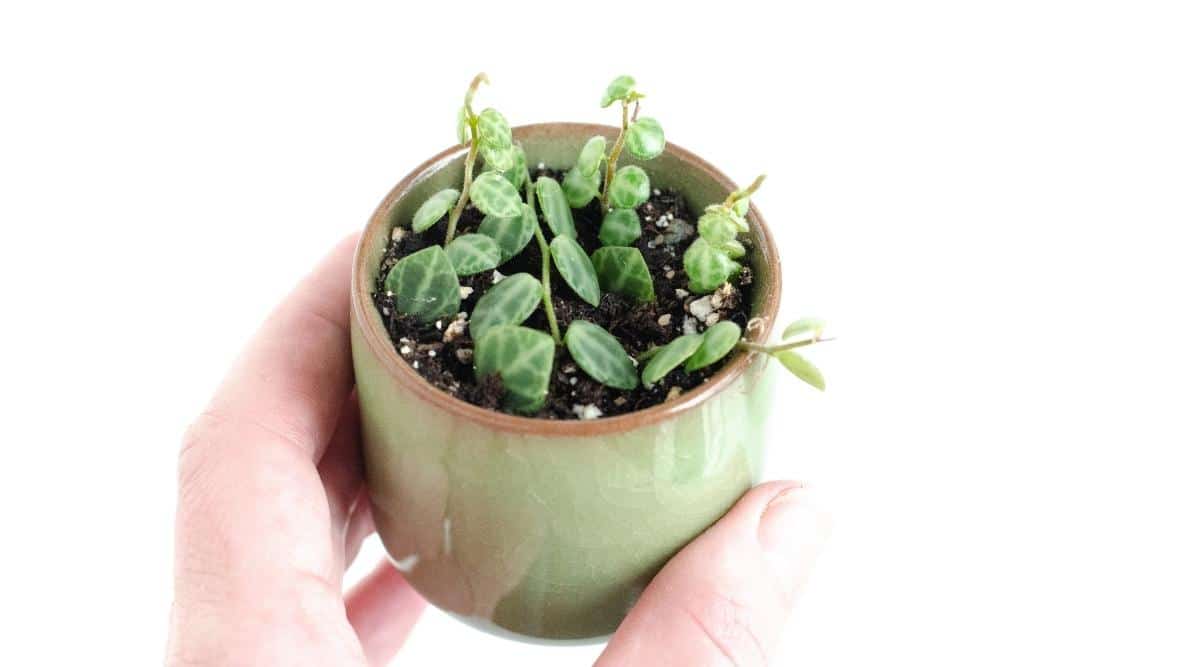

To recreate their natural forest habitat, it’s essential to provide the right soil conditions for thriving plants.
These plants demand proper drainage to prevent root rot and other issues, needing sufficient moisture to avoid leaf dryness but not excess water that could lead to decay.
Conventional succulent or cacti mixes might not be adequate for these plants; an organic mix containing loamy soil and drainage enhancements is preferred.
A mix of two parts coco peat, one part compost, and one part perlite or coarse sand is recommended, ensuring a neutral to slightly acidic pH level.
Temperature and Humidity
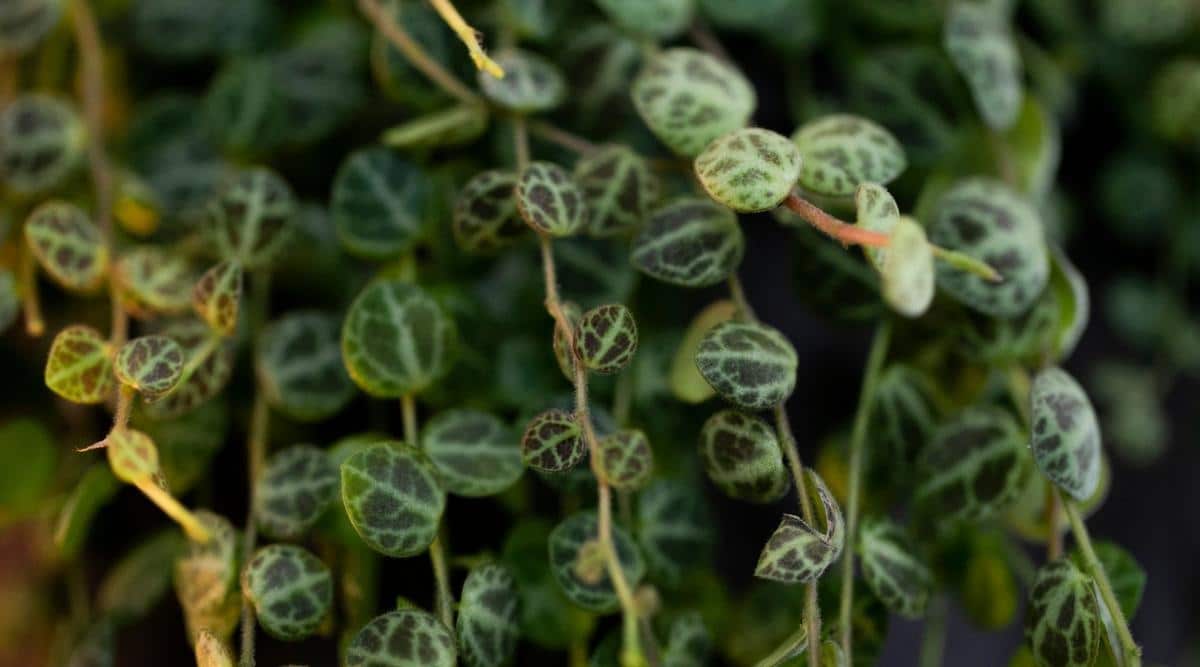

String of Turtles, originating from tropical forests, thrives in warm, humid conditions, best achieved by maintaining humidity above 40%.
This Peperomia species adapts well to terrariums, where the naturally higher humidity levels offer ideal growing conditions.
For successful growth, aim for indoor temperatures between 68°F-75°F in USDA zones 10-12, avoiding cold drafts near windows or doors and ensuring minimal temperature fluctuations.
During colder months, bring outdoor plants indoors if temperatures drop below 50°F to prevent damage.
Fertilizing
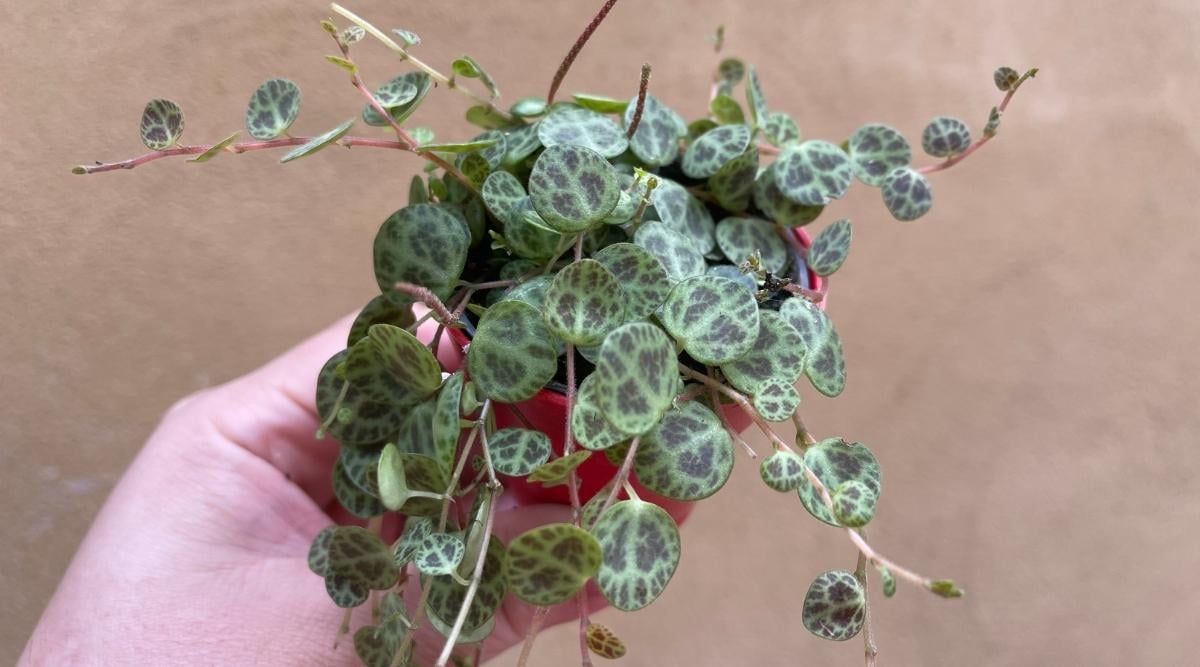

Provide a water-soluble liquid fertilizer or specialized succulent food every few weeks during the active growing season of spring and summer to maintain plant health.
Fertilization not only sustains plant vigor but also enhances the color and vibrancy of the leaves.
Monitor for signs of over-fertilization, such as leaf drop, and adjust the feeding schedule accordingly.
Maintenance
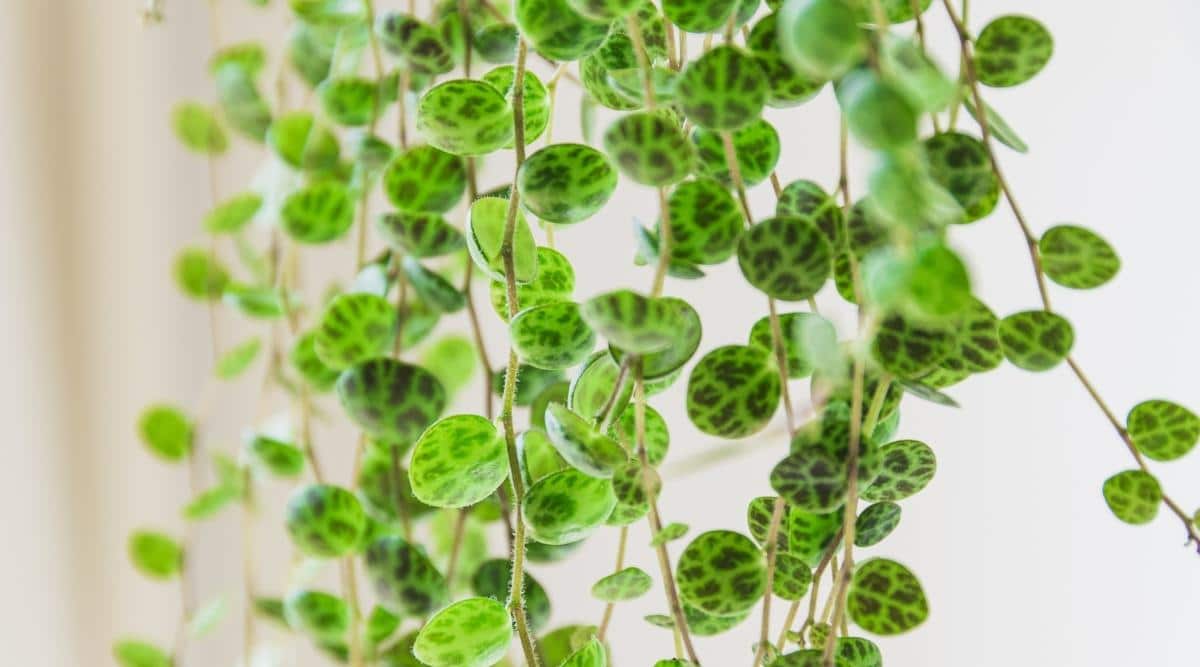

Although these plants need minimal care, occasional pruning can control their growth and encourage new foliage.
Use sanitized pruning shears to trim any damaged foliage or unruly vines, ensuring not to remove more than a third of the plant mass in a single session.
Propagation
String of Turtles plants can be easily propagated using broken stems by either leaf or vine cuttings, best done at the start of the growing season to leverage accelerated growth.
Choose between propagating in water or a soil medium for sections of vines to establish new plants.
Propagating in Water


To propagate in water, place stem cuttings in a jar filled with water, leaving adequate space at the top.
To ensure successful propagation, start by covering the glass with plastic wrap. Cut healthy plant vine sections that are 3-4 inches long, remove lower leaves, and place them in the prepared glass by creating holes in the plastic. Maintain adequate airflow between the cuttings to promote rooting. The plastic wrap assists in keeping the cuttings positioned upright and submerged in water for proper growth. It’s essential to monitor and adjust the water level as needed.
In soil propagation, create a light mixture of one part coco peat to one part perlite in a tray or pot, ensuring the mix is moist before inserting cuttings. Dip each 2-3 inch cutting in water and rooting hormone powder to enhance root development. Plant the cuttings in the soil, ensuring they are secure, and label them for progress tracking. Keep the environment bright yet away from direct sunlight, maintaining a temperature above 65F or using a heated mat for optimal growth.
Repotting Procedures
Consider repotting the plant in spring to facilitate growth and provide nutrient replenishment by replacing the soil with a suitable mix. Opt for a pot of the same size or slightly larger to accommodate the plant’s small root system while ensuring gradual transitioning if changing pot sizes.
Dealing with Issues
Along with proper care, it’s crucial to address potential problems that may arise, especially when growing this plant indoors. Prevent issues like overwatering, prioritize light requirements, and address the following common concerns.
Overwatering Risks
Overwatering poses a significant threat to plant health, leading to symptoms like bumpy or wilted leaves and potential root rot. To avoid this, maintain proper drying intervals between watering sessions and ensure thorough drainage to prevent water accumulation.
Underwatering Concerns
While underwatering is less common, it can result in curled leaves and desiccation of the plant. Address this promptly by adjusting your watering routine and ensuring adequate hydration to prevent growth stunting due to prolonged water deprivation.
Excessive Sunlight Effects
Exposure to excessive sunlight may prompt the plant to alter leaf coloration as a protective measure. Monitor light levels to prevent leaf distortion, burns, or discoloration in your Peperomia prostrata.
Observing your plant’s leaves for signs like fading, loss of markings, or reddening could indicate excessive sunlight exposure. Consider relocating it to an area with bright, indirect sunlight or provide filtered light to prevent damage. Limit its sun exposure to no more than an hour each day for optimal growth.
When it comes to pests and diseases, vigilance is key. While well-cared-for plants are less prone to issues, common problems like root rot, mealybugs, and whiteflies can affect your plant. Root rot, caused by the parasitic mold Pythium in waterlogged soil, manifests as wilting and discolored leaves. To address this, consider fungicides or repotting in fresh soil if viable. However, Peperomia prostrata’s small root ball makes recovery unlikely.
Another pest to watch for is spider mites, which can damage your plant by burrowing into its leaves. Regularly inspect the undersides of leaves for signs of infestation like webs or dust. Remove these pests by wiping or spraying with neem oil. Severe cases may require commercial insecticides, necessitating isolation during treatment.
Mealybugs, another scourge, drain plant fluids, leaving behind powdery residue. Combat them by rinsing the plant, using insecticides, and applying rubbing alcohol for visible bugs. Systemic pesticides may be necessary in extreme situations where manual intervention is vital for complete removal.
Additionally, whiteflies, resembling tiny moths, can devastate plants once infested. Remove them carefully, as these soft-bodied insects can fly. Treat their eggs with neem oil and be persistent with multiple applications as needed. Vacuuming is also effective, albeit delicate due to plant fragility. Consider resorting to commercial pesticides for severe whitefly infestations.
For more insights on caring for String of Turtles, read on to find answers to frequently asked questions.
Easy Care Tips for String of Turtles
This plant is very low maintenance. With proper watering, well-draining soil, and warmth, they thrive. Even though they appear delicate, they are tough and resistant to pests and diseases.
String of Turtles Light Requirements
To thrive, String of Turtles needs bright indirect or filtered sunlight indoors. Excessive direct sunlight can cause fading of leaf markings.
String of Turtles and Humidity
This plant thrives in humid conditions. Regular misting with clean water is beneficial, given its tropical origins.
Growth Rate of String of Turtles
Although they are simple to grow, String of Turtles has a slow growth rate, reaching around 12 inches in 3-5 years. Patience, along with proper care and occasional pruning, can encourage bushier growth and new shoots.
Safety of String of Turtles
String of Turtles is non-toxic and safe for everyone, but remember it’s not for consumption.
Final Thoughts
String of Turtles is a delightful addition to any indoor space. Following these guidelines, the plant will flourish, showcasing its beautiful patterns and flowing foliage. A must-have for any plant enthusiast’s collection.

